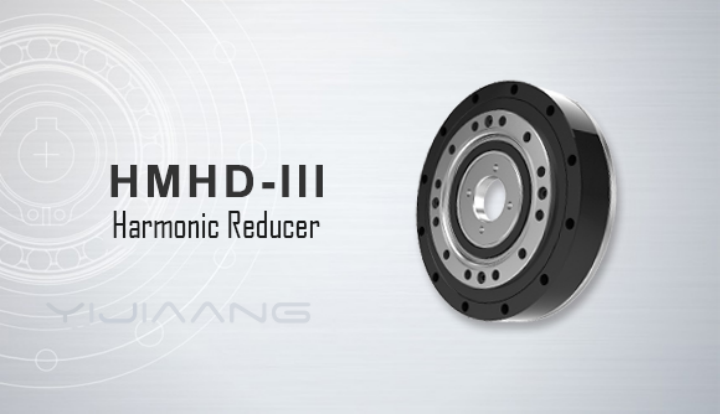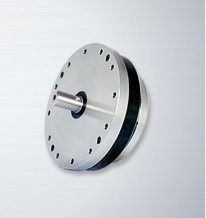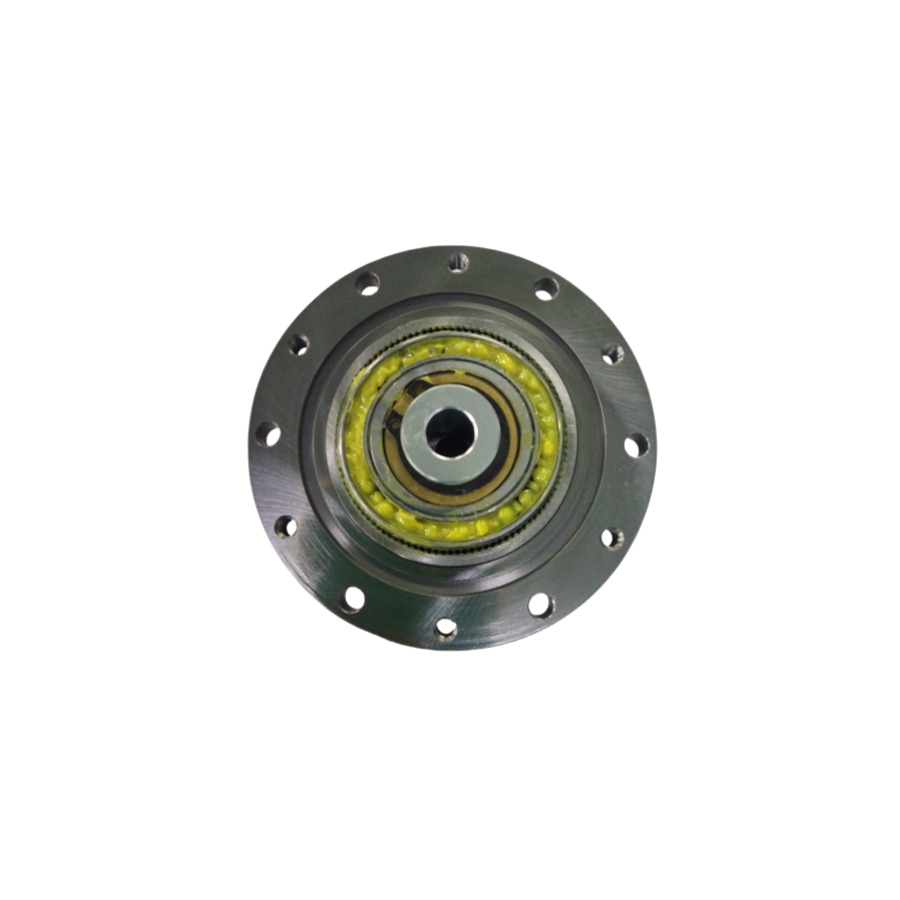How Harmonic Reducers Improve Efficiency and Performance in Machinery
In the world of automation and machinery, efficiency and performance are paramount. Harmonic reducers, also known as harmonic drives or harmonic gear reducers, have emerged as crucial components that enhance the functioning of various mechanical systems. Suzhou Yijiaang Automation Technology Co., Ltd., specializing in the development, sales, and technical services of transmission components, recognizes the significance of these devices in improving machinery performance. This article explores how harmonic reducers work, their benefits, applications, and their impact on efficiency in machinery.
Understanding Harmonic Reducers
What is a Harmonic Reducer?
A harmonic reducer is a type of gear system that utilizes the elastic deformation of a flexible spline to achieve high gear reduction ratios in a compact form. The primary components of a harmonic reducer include:
Wave Generator: An elliptical component that generates a wave motion.
Flexspline: A flexible gear that deforms under the influence of the wave generator.
Circular Spline: A rigid gear that remains stationary and interacts with the flexspline.
As the wave generator rotates, it causes the flexspline to engage with the circular spline, resulting in a reduction of speed and an increase in torque. This unique mechanism allows harmonic reducers to achieve high precision and efficiency.
Working Principle
The operation of a harmonic reducer can be summarized as follows:
Rotation of Wave Generator: The wave generator rotates, creating an elliptical wave that deforms the flexspline.
Engagement with Circular Spline: The deformation causes the teeth of the flexspline to engage with the teeth of the circular spline.
Output Motion: As the wave generator continues to rotate, it drives the flexspline at a reduced speed relative to the input speed while increasing torque output.
This process enables harmonic reducers to deliver high performance in various applications.

Benefits of Harmonic Reducers
1. High Efficiency
One of the most significant advantages of harmonic reducers is their high efficiency, often exceeding 90%. This efficiency is achieved due to their simple design with fewer moving parts compared to traditional gear systems. The smooth operation minimizes energy losses, making them ideal for applications where power conservation is critical.
2. Compact Size
Harmonic reducers are designed to be compact and lightweight while providing high torque output. This characteristic is particularly beneficial in applications with space constraints, such as robotics and aerospace systems. Their small footprint allows for easier integration into existing machinery without requiring extensive modifications.
3. High Torque Capacity
Despite their compact size, harmonic reducers can handle substantial torque loads. This capability makes them suitable for applications requiring precise control and high force transmission, such as CNC machines and robotic arms.
4. Low Backlash
Backlash refers to the slight movement or play between gears when changing direction. Harmonic reducers are known for their low backlash characteristics, which enhances precision in motion control. This feature is essential in applications where accuracy is critical, such as surgical robots or automated assembly lines.
5. Smooth Operation
The design of harmonic reducers allows for smooth operation with minimal vibration and noise. This quality is particularly advantageous in environments where quiet operation is necessary, such as medical equipment or laboratory settings.

Applications of Harmonic Reducers
Harmonic reducers are versatile components used across various industries due to their unique advantages:
1. Robotics
In robotics, harmonic reducers play a vital role in controlling joint movements with precision. They enable robotic arms and manipulators to perform intricate tasks while maintaining accuracy and stability under load.
2. Aerospace
The aerospace industry utilizes harmonic reducers in satellite positioning systems and control surfaces for aircraft. Their lightweight design and ability to operate efficiently under extreme conditions make them ideal for aerospace applications.
3. Industrial Automation
In industrial automation, harmonic reducers are employed in CNC machines, assembly lines, and automated guided vehicles (AGVs). Their high efficiency and precision contribute to improved productivity and reduced operational costs.
4. Medical Devices
Harmonic reducers are essential components in medical devices such as robotic surgical systems and imaging equipment. Their accuracy ensures precise movements required for delicate procedures while minimizing patient risk.
5. Renewable Energy
In renewable energy applications, harmonic reducers are used in solar tracking systems and wind turbine pitch control mechanisms. Their ability to provide precise positioning enhances energy capture efficiency.

Improving Machinery Performance with Harmonic Reducers
Enhanced Precision
The low backlash feature of harmonic reducers significantly improves precision in machinery performance. In applications where even minor deviations can lead to significant errors—such as CNC machining or robotic surgery—this precision is crucial for achieving desired outcomes.
Increased Productivity
By providing high torque output with reduced input speed, harmonic reducers enable machinery to operate more efficiently under load. This capability allows machines to complete tasks faster while maintaining quality standards, leading to increased overall productivity.
Reduced Maintenance Costs
The simple design of harmonic reducers minimizes wear and tear on components compared to traditional gear systems. This durability translates into lower maintenance costs over time, making them an economically viable choice for manufacturers looking to optimize their operations.
Flexibility in Design
Harmonic reducers offer flexibility in design due to their compact size and lightweight nature. Engineers can integrate them into various systems without compromising performance or requiring extensive redesigns—facilitating innovation across multiple sectors.

Conclusion
Harmonic reducers represent a pivotal advancement in mechanical engineering that significantly enhances efficiency and performance across diverse applications. With their high efficiency, compact size, low backlash characteristics, and ability to handle substantial torque loads, they have become indispensable components in modern machinery.
Suzhou Yijiaang Automation Technology Co., Ltd.’s focus on developing high-quality transmission components underscores the importance of these devices in achieving optimal performance in automation technology. As industries continue to evolve towards greater precision and efficiency demands, harmonic reducers will play an increasingly vital role in shaping the future of machinery design and functionality.
Exploring the Working Principles of Harmonic Reducers and Their Applications




